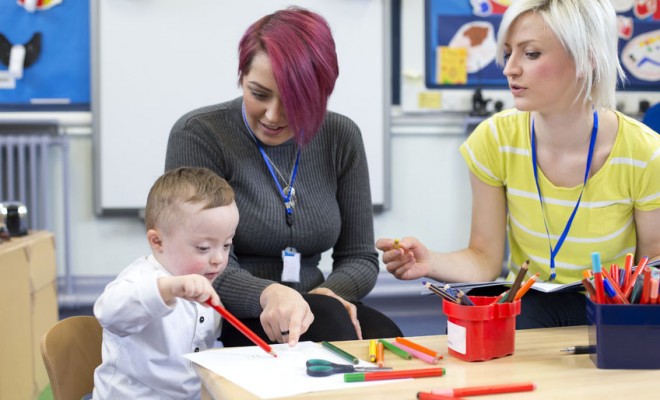
Childcare Environments
Why Bother? Early Years Assessment in Practice
Seen by many as a chore, early years assessment is at its least attractive when it is regarded as a ‘paper’ task completed just for someone else’s benefit. Nevertheless, it would be hard to deny that a good professional assessment is valuable to many besides the person who put it together. Perhaps more importantly, parents and good childcare professionals informally assess children all the time. Otherwise, it would be impossible to choose a book or a toy you know will interest a child, or ask for a child’s help because you already believe they can do and will enjoy and learn from, what you are about to request.
So let’s look through some of the concepts which turn a series of descriptive observations of children learning into a sensitive analysis which makes sense of what has been seen, and also helps to signpost the way ahead.
Most early years practitioners will experience the ‘classroom’ mode of assessment which has three distinct modes:
1. Initial ‘benchmark’ assessment
When a child is about to enter a preschool setting, the parents will provide essential care information about a child’s current needs. It is obviously essential to formally record this information, but even more important to treat this as an opportunity to begin building a strong partnership with the parents. As the child’s first teachers, they have unique information to share, based largely on their own summative (see below) assessment of the child’s learning and progress to date.
Hornby sums up the ideal balance in this new parent-teacher relationship:
‘… teachers are viewed as experts on education and parents are viewed as being experts on their children. The relationship between teachers and parents can then be a partnership which involves the sharing of expertise …’ (Hornby, 1995)
2. Formative early years assessment
At its best, formative assessment is a live, emerging record of an individual child’s development. It should selectively draw upon evidence of the child’s preferences, interests, abilities and more, in a way which allows for easy comparison with typical phases of child development. There should be a good spread of sources which should, for example, include parents and other practitioners as a matter of course. Good quality informative evidence is the aim, with enough variety to form a rounded picture of progress and development.
A formative assessment is always a ‘work in progress’ through which changes can be tracked over time, and which will necessarily make reference to many developmental ‘milestones’ along the way.
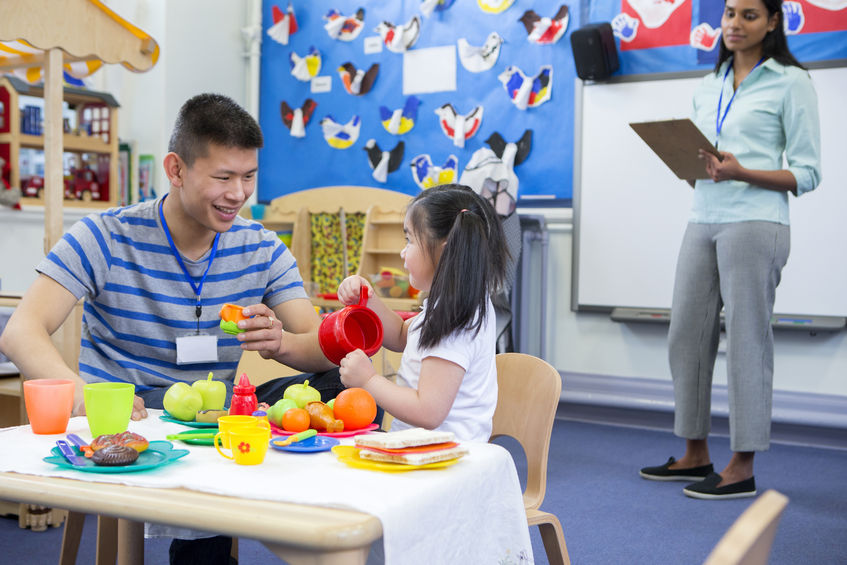
3. Summative assessment
A summative assessment is a snapshot of one moment in a child’s developmental journey which is usually recorded and stored. That usually implies this is also the point at which some reference is made to external standards of progress and development. This is precisely what occurs under the EYFS system where two summative assessments, the Foundation Stage Profile and the 2-year-old Progress Check are required, as here described by Brodie:
‘The 2-year-old Progress Check is a snapshot of the child’s development at between two and three … It should be shared with parents and carers and it is hoped that parents and carers then share this with their health visitor or health professional, so that as much information as possible about the child is known at this critical stage of development.
The Foundation Stage Profile is carried out at the end of the school Reception year (when children are aged around 5) and is for use by the Year 1 teacher, as their initial assessment of the child on entering Year 1. It is a “way of summarising each child’s development and learning at the end of the EYFS” (Standards and Testing Agency 2012: 6)’ (Brodie, 2013)
Figure 1 below gives an overview of this model of classroom assessment in the early years:
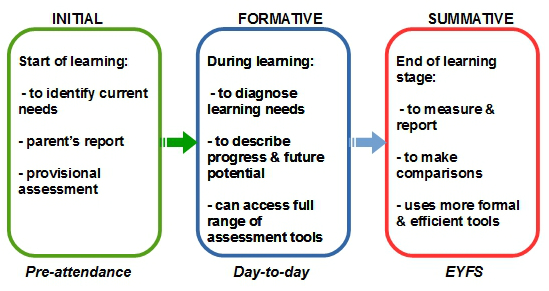
Figure 1 Three modes of early years assessment
Practical assessment
Childcare professionals will no doubt agree with Brodie, who believes that:
‘At no point in the early years should the assessments be made on a deficit model.’ (Brodie, 2013)
Unlike later school assessments, which may describe children as ‘working towards/ working at/ working beyond’ a certain defined level – thus comparing them against fixed standards – early years assessment should be all about what children can do.
Likewise, a preschool setting should aim to create an accurate 360-degree profile of a child’s achievements by consulting and sharing information widely. Figure 2 maps the established stakeholder partnerships which should regularly exchange assessment information.
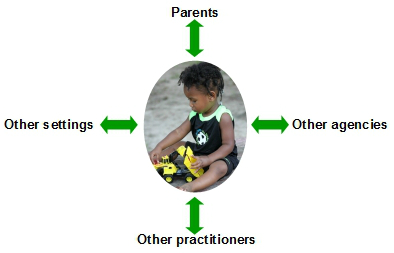
Figure 2 ‘360-degree’ early years assessment model
Collaborative assessment which incorporates a range of different perspectives not only provides a convincing, well-detailed picture of how a child is developing, it also ensures that nothing important is missed, especially in situations where a child may perform or behave significantly above or below their own ‘normal level’ in one particular location or context (e.g. a child who often seems aggressive in the classroom, but not at home).
Authentic assessments
Touching on the reliability and validity of assessments, the most satisfactory proof of a young child’s ability will always be found in a situation where the child demonstrates competence in a natural setting. For instance, a child ‘shopkeeper’ overheard counting out 10 sweets into a bag for a child ‘customer’ who has just ordered them, is much clearer evidence of a grasp of numeric concepts than chanting the same number series to an adult if requested to do so.
Furthermore, as Figure 3 shows, there are some other issues to consider when collecting assessment data.
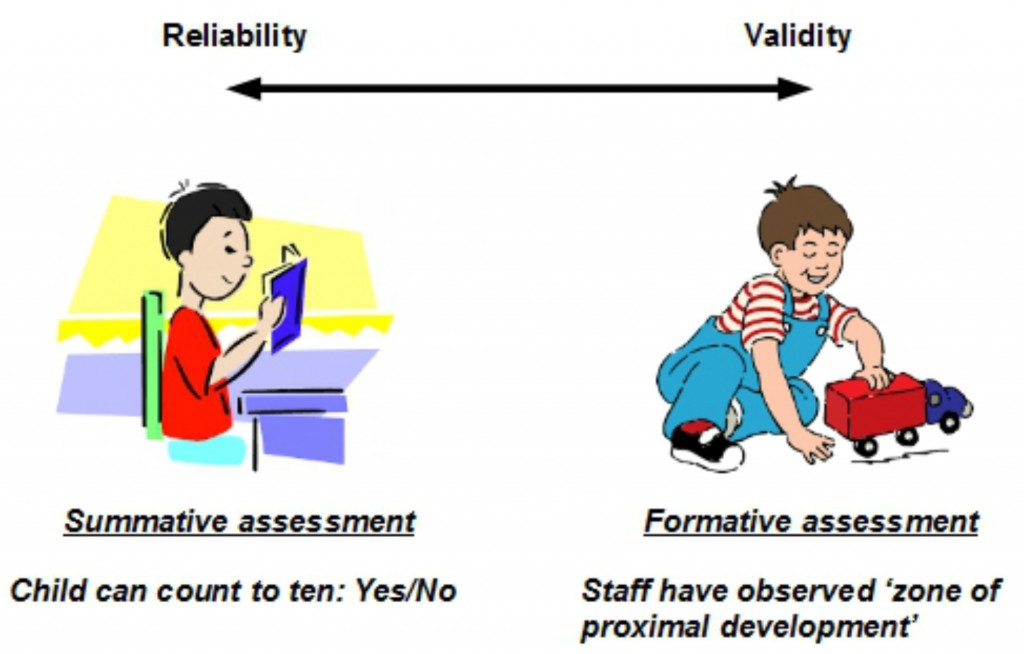
Figure 3 Reliability and validity in context (Inspired by Capel et al., 1995)
For instance, it is unquestionably convenient – perhaps even ‘fair’ in a restricted sense – to give every child the same task (i.e. counting to ten in the presence of an adult). This would prove a highly reliable assessment task in that its outcomes are clear and so comparisons between children would be easy to make. However, none of this can disguise the fact that it is an out-of-context test which would tell us very little about the real level of understanding, developmental progress, and future potential of each child candidate.
Turning to the second element of Figure 3 – an observation of a child absorbed in play – such scenarios are much more likely to reveal rich, rounded and relevant information about this particular child. The outcomes of a series of similar observations over time, especially if conducted by a range of professionals, are likely to be extremely truthful and valid reflections of the ‘real’ child. Somewhere within this set of information, there is almost bound to be an observation which touches on Vygotsky’s ‘zone of proximal development’ (Vygotsky, 1978), revealing the heights this child’s performance and learning potential can actually reach with sympathetic adult ‘scaffolding’. This information offers us a tantalising glimpse of the prospective next steps in any child’s learning and developmental journey – yet yields little we can use to reliably compare one child with another.
Thus we have arrived at the major paradox which blights most assessments: The most meaningful classroom assessments are formative, and thus high in validity and low in reliability; whilst the most unbiased and easily comparable assessments are summative and highly reliable, but have little useable validity. This tension makes it easy to level the criticism noted by Capel et al., that ‘formative assessment … is identified with professional purpose [whilst] summative assessment can be associated with bureaucratic purpose.’ (Capel et al, 1995)
While it may be closer to the truth to accept there is a need for both modes of assessment, Figure 4 illustrates there is yet another classroom tension to take into account whenever early years assessment is discussed.
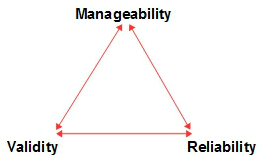
Figure 4 The inherent tensions of classroom assessment (Inspired by Capel et al., 1995)
Unless it is very carefully planned, any assessment is time-consuming and resource-intensive – especially where it focuses on individual children. What this means is that busy staff may be tempted to focus on the type of assessments which are quickest and easiest to complete, rather than on the kinds of assessment which are most helpful and informative. Thus the additional element of ‘manageability’ may enter the equation, forcing some under-staffed settings to compromise on the quality of their assessments, thus diluting an important aspect of effective management and delivery of childcare and education.
The bureaucratic burden
It can also be argued that the ‘bureaucrats’ have not helped the situation much either. For instance, many professionals question how useful it actually is to attempt to segment and classify young children’s learning. However, as Figure 5 shows, the early years curriculum (and therefore areas for curriculum assessment) described by Guddemi and Chase as consisting of four areas in 2004, had been enlarged to incorporate seven EYFS curriculum areas by 2012.
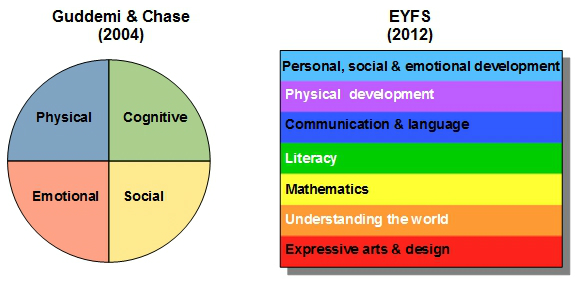
Figure 5 The ‘bureaucratic’ expansion of the early years curriculum
Though planning summative educational frameworks must be a thankless task open to criticism from all quarters, such documents must be seen to support fair and appropriate assessment.
EYFS Developmental Milestones – Download Free eBook
According to many critics, one glaring example where this is certainly open to question is the assessment of young children for whom English is an Additional Language (EAL). Such children use another language at home and have to learn English in order to access educational provision. Baker states what ought to be obvious to those creating assessment frameworks to ‘test’ young children:
‘… the ability of an individual to have the competence to speak in different languages may not be the same. The ability to speak one language may be better than the other due to its dominant use in different contexts.’ (Baker, 2006)
Nevertheless, they are rarely given credit for their emerging bilingual abilities, and their teachers are somehow expected to accurately reflect the development of such children whilst hearing them use their embryonic English language skills to ‘talk about their ideas … talk about ways to keep healthy and safe … [and] talk about past and present events.’ (Early Education, 2012)
And finally, anyone who still struggles with the difference between formative and summative assessment should visualise a chef preparing a chicken soup: the chef may taste the soup’s progress many times in the kitchen (formative assessment), but the guests will taste it only once (summative assessment)!
References


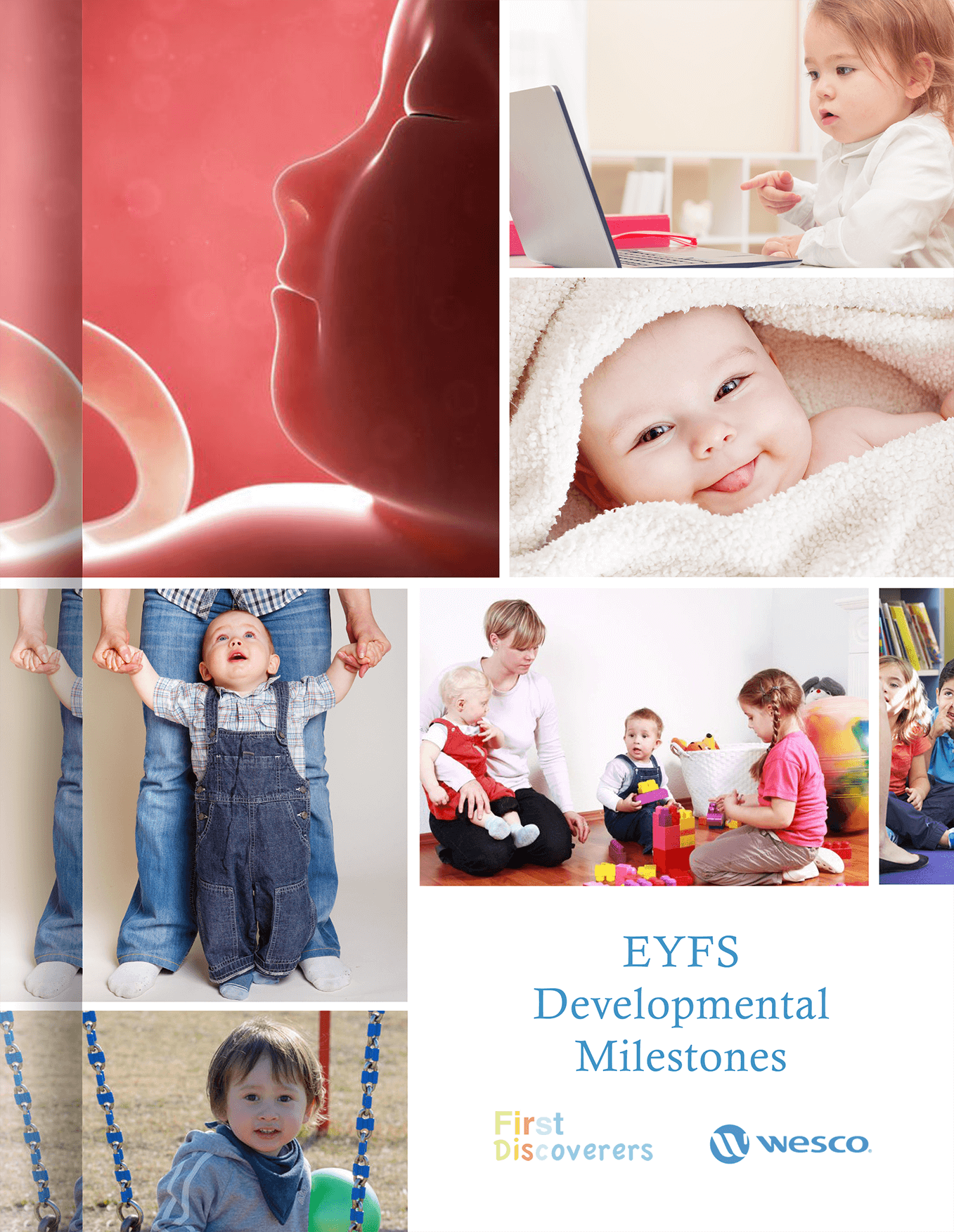

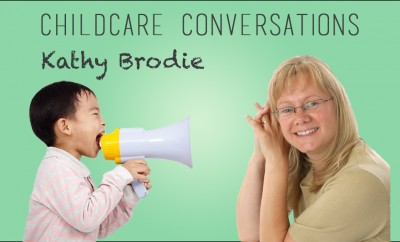


You must be logged in to post a comment Login